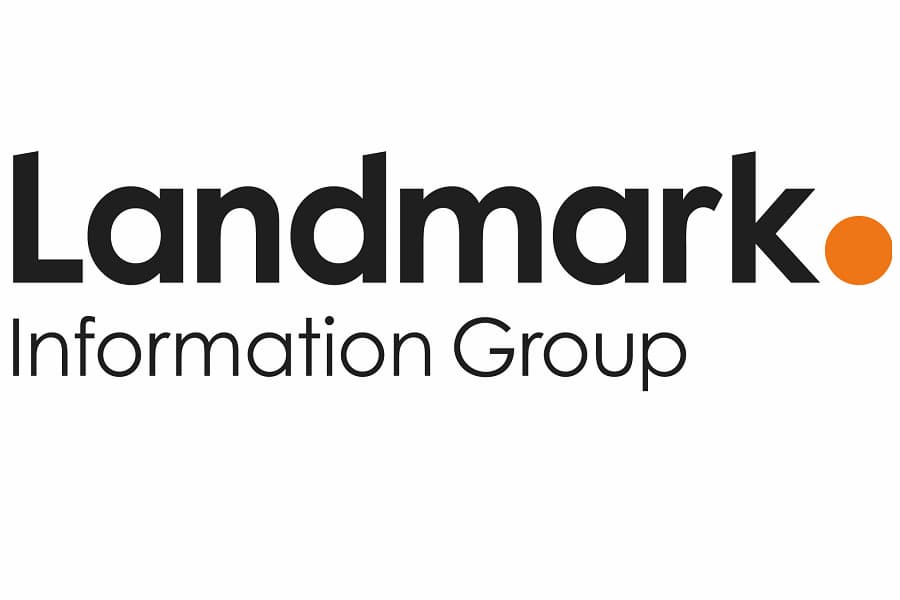On Friday 20th May 2022, National Work from Home Day, run by Work Wise UK a, not-for-profit, campaign and development organisation provides an opportunity for both employers and employees to focus on championing modern “smarter” working practices as well as broader wellbeing at work and work life balance.
Here, Adrian Matthews, Head of Employee Benefits at MetLife, has shared five top tips to help employers understand how they might better support their employees as we continue to navigate hybrid working patterns this year and onwards. He said:
“Pre-pandemic, organisations advertising flexi-hours or hybrid working to prospective talent helped employers to really stand out against the wider market. Now, however, with hybrid working in place across a large proportion of sectors, and a new way of life many are adjusting to, this has become a fundamental way of how we view work.
Hybrid working provides so many benefits. Whilst the office provides a space for collaboration, connectivity and innovation, working from home gives employees time to concentrate and focus on longer tasks and provider a better life balance. The real benefit to teams is striking the balance of both working patterns. Continued and transparent communication about the benefits of these policies alongside encouraging individuals to manage their diaries to strike the best balance – as we’re seeing internally at MetLife – is vital.”
1. Ask and Listen
The very first thing any organisation must do, whether they are rolling out hybrid working to more departments or thinking about how to encourage more time in the office, is listen to their staff and ensure they feel safe and supported. Focus groups and surveys provide valuable insight whilst allowing policies to evolve with the needs of both the organisation and its staff.
And there are informal conversations too that are vital to help create a sense of belonging and support emotional wellbeing which are much harder to spot remotely. For example, corridor conversations post meeting, or a coffee and catch up. With multiple spaces to work from in the office, a change of scenery can be good too to rather than being static in one location. Hot desks have really come into their own post-pandemic and enhance collaboration. These informal conversations and a team around you can provide so much support and reduce stress just by simply having that connection.
Taking the time to listen to individual’s feedback about ways of working day-to-day will not only ensure your team is more productive, but that they remain positive too.
2. Help facilitate more collaboration
Its important staff manage their diary and time in the office to make sure it best meets their needs. We are seeing many staff plan in office days around workshops, team meetings and in-person events. The office is a hub of conversation and interaction. Then for those days working at home, we encourage planning on quiet work and delivering on priorities. Striking the balance is key. In our experience, a hybrid approach with staff coming into the office two days a week as a minimum is working well. It gives people the space to connect and collaborate more on their “in” days and focus on quiet work for “remote” days, but collectively giving associates the best of both worlds.
3. Take a break
Whether in the office or working from home, it’s easy to overlook the importance of taking regular breaks. Employers should be encouraging their teams to book out slots in their diaries and step away from their desks for short periods of time throughout the day – whether that’s a team lunch, break out session or just to get up and have a break from screens and emails. Taking yourself away from your home desk for short breaks is equally important as observing some sort of daily exercise is important for physical and mental health. We have found walking meetings very productive allowing a break from screens whilst taking gentle exercise.
4. Act as a role model
Working remotely for long periods of time can lend itself to bad working habits. For example, late-night emails can make employees feel pressured and can be a trigger for workplace stress. Leading by example is the best way to promote healthy work/life balance. It’s also equally important any new joiners feel they can also have a balance of hybrid working patterns, without feeling like they are not supported in the first few months of starting. Regular conversations and reminders to team about how much time is expected to be collaborative versus remote will ensure everyone is on the same page. We are trialling meeting-free Friday afternoons to allow associates to wrap up their weeks in good time and ensure they have their full weekend to relax and reset.
5. Show them the way
While GPs are generally very supportive of mental health issues, in the current climate employees with mental ill health, burnout or severe stress symptoms can face a lack of appointment times or resource. Employers can help by pointing staff to professional mental health support where they can and where it’s needed. Training mental health first aiders and offering staff a comprehensive benefits package – including financial and emotional support – are just some of the support services that employees will be looking to their employers for in the current climate.
Communicating the value of employee assistance programmes, particularly during the current financial strains which has led to much heightened uncertainty, will ensure staff know where to go to access the right support. Typically, an Employee Assistance Programme (EAP) is available 24/7 and some can be extended to other members of the household, so ensuring staff are clear on the support available to them is critical so that in their time of need, they are supported. They should also be encouraged to use them for what may seem a more trivial query as this can help nip things in the bud and prevent the small challenges becoming much bigger. As the cost of living crisis deepens for example, highlighting the range of services that they can provide can really highlight their value in a very tangible way.




















